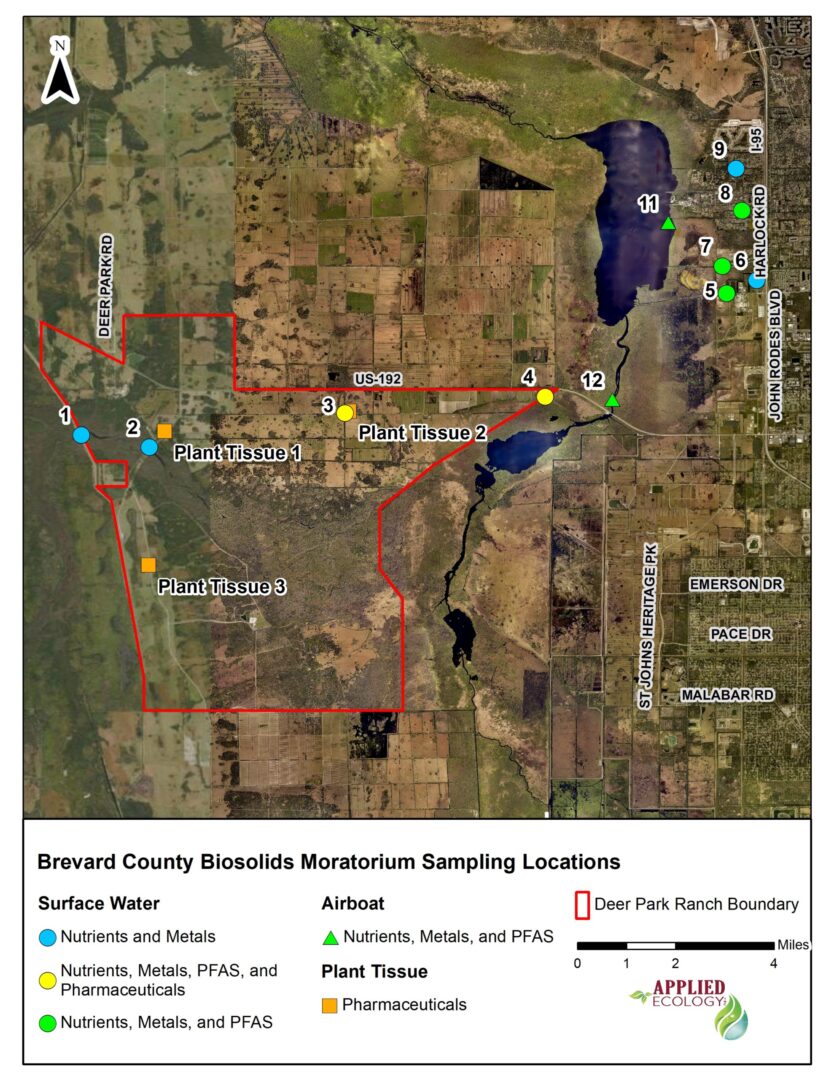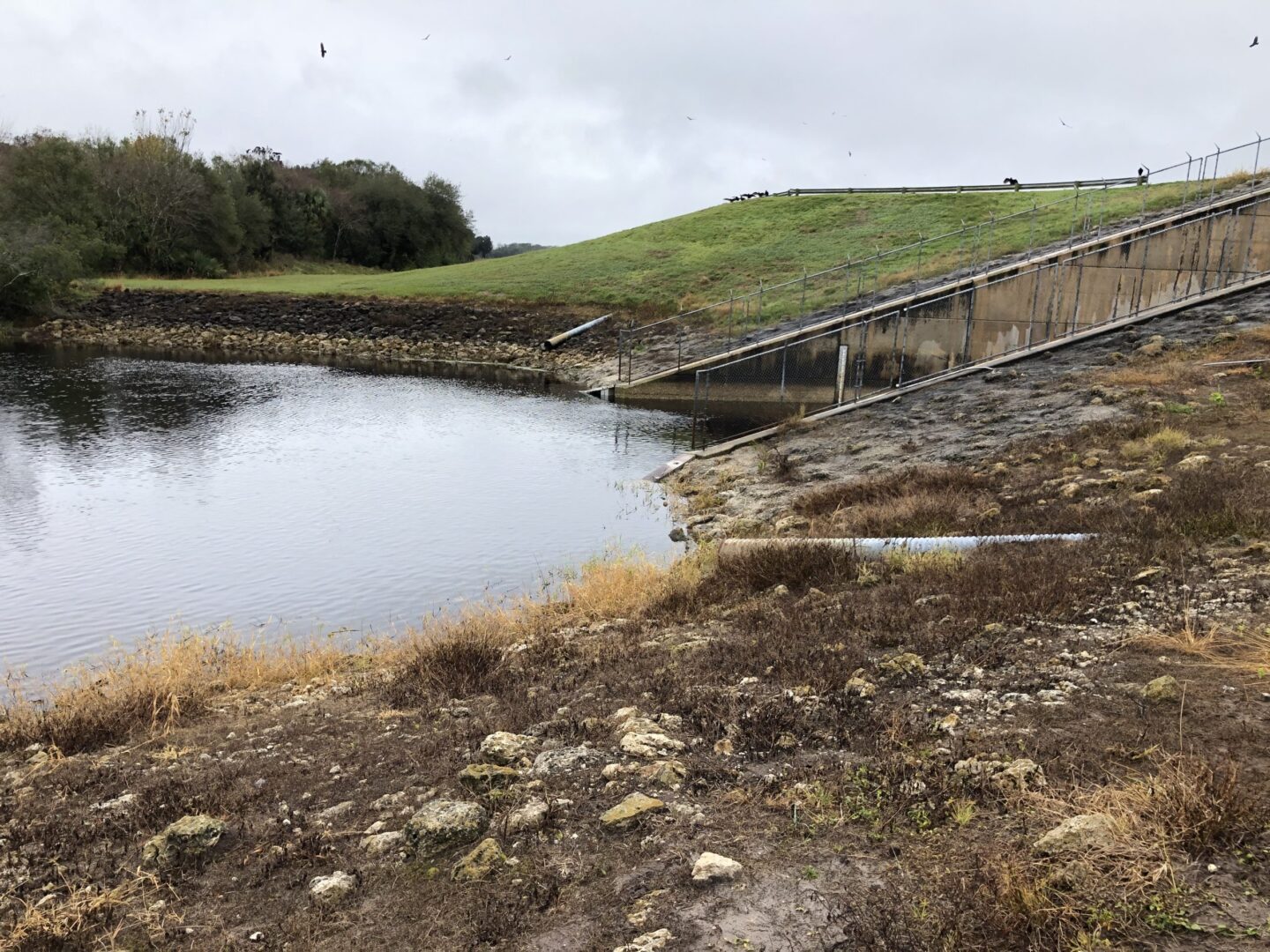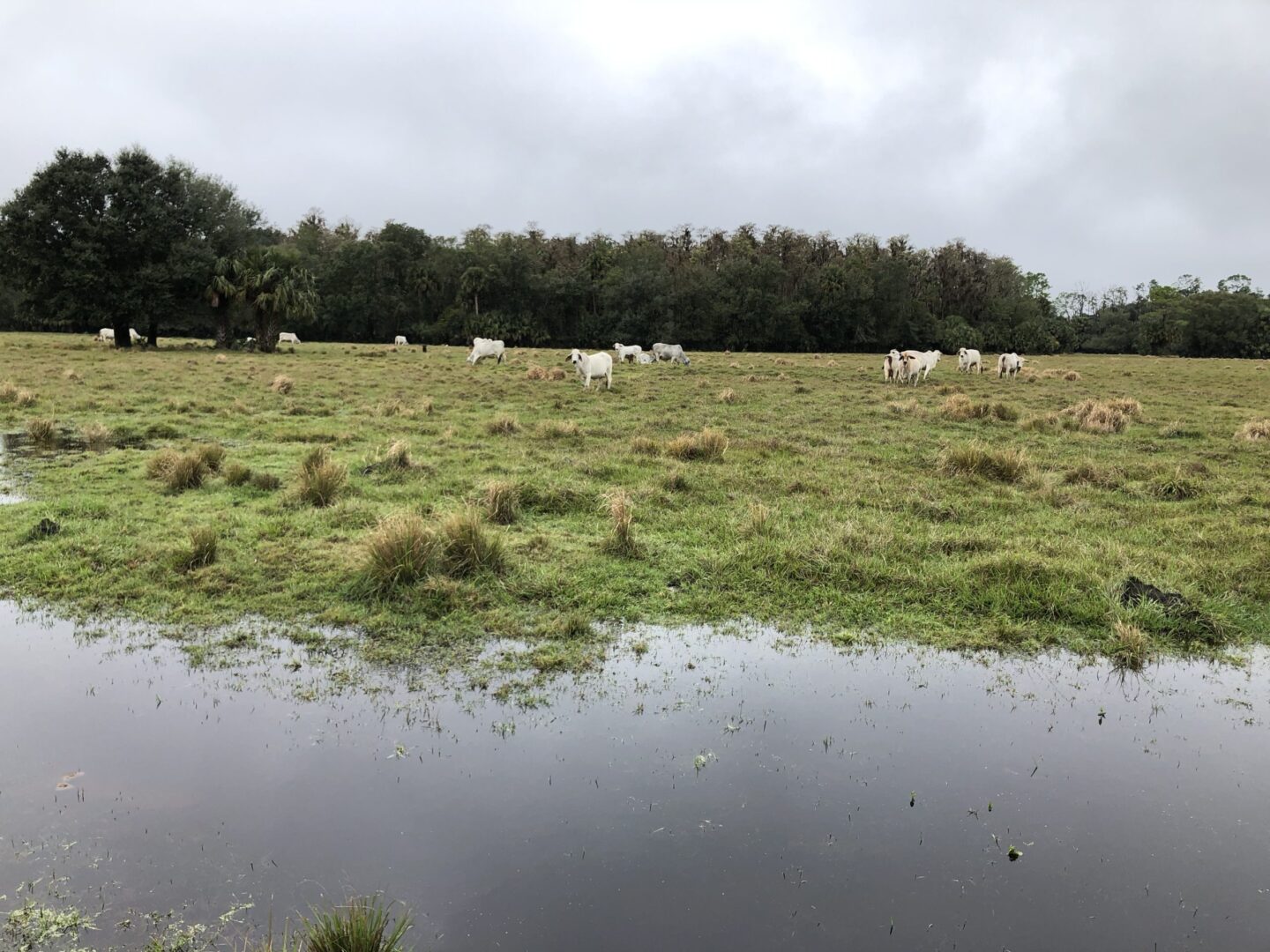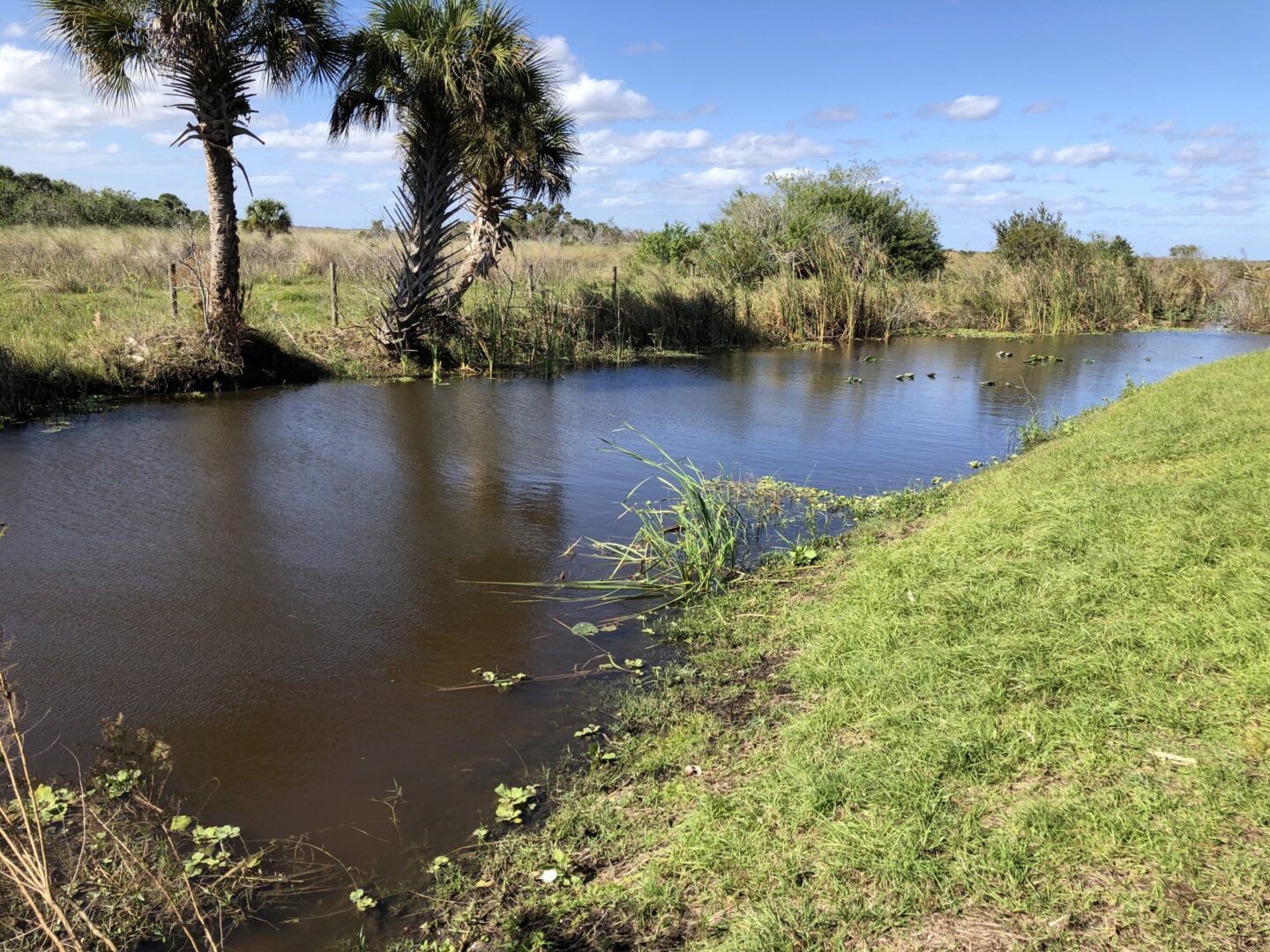Brevard County Biolsolids Moratorium Sampling
Lake Washington is an important source of drinking water to numerous cities and towns in the Melbourne region. Between July and August of 2019, Lake Washington experienced an algal bloom of the toxin-producing cyanobacteria Dolichospermum circinale. Associations between biosolid applications and harmful algal blooms (HABs) have been investigated elsewhere in Florida, particularly in other areas along the St. John’s River (SJR).
Blue Cypress Lake, located in Indian River County, experienced a prolonged HAB during 2018. The lake, like other areas in the SJR Basin, saw an increase in Class B biosolid application after 2013 when such applications were banned from Lake Okeechobee, St. Lucie River and Caloosahatchee River basins. Blue Cypress Lake also experienced an increase in phosphorus levels in the surface water.
On October 8th, 2019, the Brevard County Commission voted to place a six-month moratorium on the expanded application of biosolids. In support of Brevard County’s Biosolid Moratorium, Brevard County Natural Resources Management (BCNRM) contracted with Applied Ecology, Inc. to conduct a limited survey to determine levels of nutrients, metals, and emerging contaminants in water and vegetation in and around Lake Washington, including the Deer Park Ranch.Â

Locations of PFAS sampling throughout Brevard County, Florida.
Analytes Tested
%
Total Phosphorus Exceedances Above FDEP NNC
%
of Samples WITHIN Surface Water Standards for PFAS
PPCPs Detected in Plant Tissue
In total 11 locations were sampled for surface water in December 2019, including five residential sampling locations east of Lake Washington, one location in Lake Washington, one location in the St. Johns River between Sawgrass Lake and Lake Washington and three locations southeast of Lake Washington near Sawgrass Lake, where Class B biosolid applications have occurred. Samples were subjected to a combination of testing for nutrients, metals, per- and polyfluoroalkyl substances (PFAS), and pharmaceuticals and personal care products (PPCPs). In addition, three sites in the Deer Park Ranch, near Sawgrass Lake, were selected to sample plant tissue for pharmaceuticals.Â
Sampling Site 1
Sampling Site 6
Plant Tissue 1 Sampling Site
Sampling Site 7
Here is what we found…
Results from this present study will be used by the Commission to guide further regulatory action regarding the application of biosolids in Brevard County. To view the full report is available, click here.




